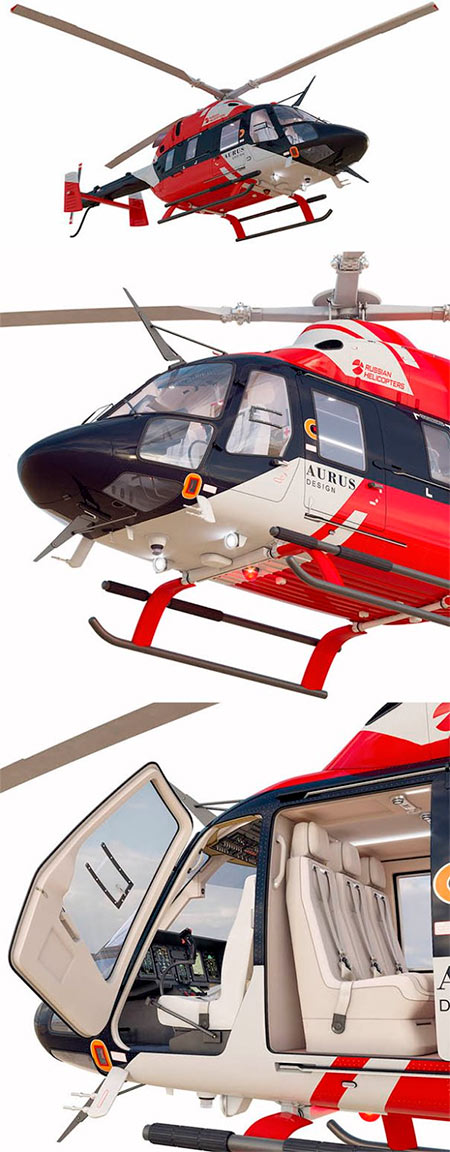
Helicopters Ansat Aurus 3D Model
MAX | 3DS | FBX | OBJ | C4D | LWO | TEX | 213 MB
|

Lexus ES 2022 3D Model
MAX | 3DS | FBX | OBJ | C4D | LWO | TEX | 180 MB
|

Lamborghini Urus 3D Model
MAX | 3DS | FBX | OBJ | C4D | LWO | TEX | 420 MB
|

VAZ 2106 3D Model
MAX | 3DS | FBX | OBJ | C4D | LWO | TEX | 115 MB
|

Audi SQ5 Sportback 3D Model
MAX | 3DS | FBX | OBJ | C4D | LWO | TEX | 350 MB
|

Honda S800 Cabriolet 3D Model
MAX | FBX | OBJ | 3DS | C4D | LWO | TEX | 321 MB
|

Airbus A320 NEO 3D Model
MAX | BLEND | FBX | OBJ | TEX | File size: 65 MB
|

Man Realistic Sculpt 3D Model
MAX | FBX | OBJ | File size: 58 MB
|

HAD1-T Helineo Uber 3D model
MAX | 3DS | FBX | OBJ | C4D | LWO | TEX | 103 MB
|

Volkswagen ID4 2021 3D Model
MAX | OBJ | 3DS | C4D | LWO | TEX | 135 MB
|
|
3D модели - это цифровые представления трехмерных объектов, используемые в самых разных сферах, от киноиндустрии и видеоигр до архитектуры и медицины. Создаются они при помощи специализированного программного обеспечения, позволяющего формировать геометрию объекта, настраивать его текстуру, материалы и освещение. Разнообразие техник моделирования, таких как полигональное моделирование, NURBS-моделирование и скульптуринг, позволяет адаптировать процесс создания модели под конкретные задачи и желаемый уровень детализации.
Возможности использования 3D моделей практически безграничны. В кино и играх они оживляют персонажей, создают впечатляющие визуальные эффекты и формируют целые миры. В архитектуре 3D модели позволяют визуализировать проекты зданий и сооружений, оценивать их функциональность и эстетику еще до начала строительства. В медицине они используются для планирования операций, создания протезов и обучения студентов-медиков.












